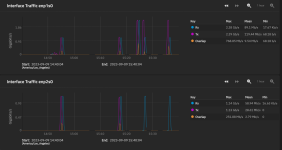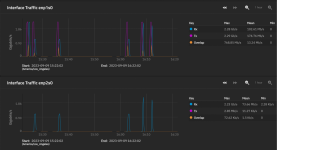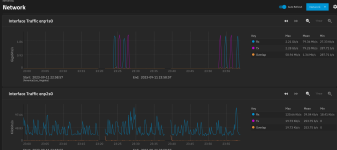As I understand it, SMB Multi-Channel lets a client with multiple NICs talk to a TrueNAS Scale server with multiple NICs at a higher speed that any one NIC. However, the TrueNAS Scale documentation is quite specific that a server can't have multiple NICs on the same subnet. Do I really need to build out a second network (VPN or physical) with a different subnet if I want to use Multi-Channel on TrueNAS Scale?
I've never heard that come up in discussions about SMB Miulti-channel support on Synology or any of the other commercial NAS systems so maybe I'm just missing something obvious in TrueNAS Scale?
I've never heard that come up in discussions about SMB Miulti-channel support on Synology or any of the other commercial NAS systems so maybe I'm just missing something obvious in TrueNAS Scale?






